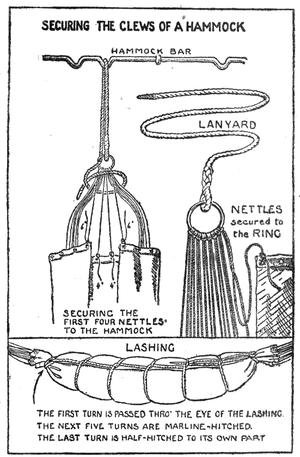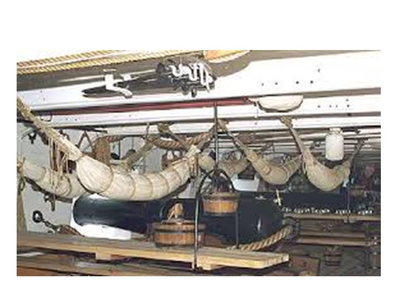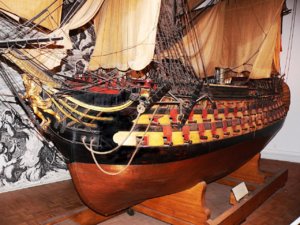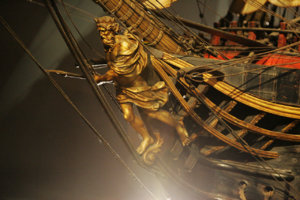Today in Naval History - Naval / Maritime Events in History
7th of November
some of the events you will find here,
please use the following link where you will find more details and all other events of this day .....
1782 – Launch of HMS Thalia, a 36-gun Flora-class frigate

1790 – Launch of French Jean Bart, a 74-gun Temeraire-class


1800 - HMS Netley (16), Lt. Francis Godolphin Bond, captured Spanish privateer schooner San Miguel (9) off Lisbon.

1820 – Launch of HMS Southampton, a fourth-rate, 52-gun ship. She was one of the six Southampton-class frigates

1913 – The first day of the Great Lakes Storm of 1913, a massive blizzard that ultimately killed 250 and caused over $5 million (about $118,098,000 in 2013 dollars) damage. Winds reach hurricane force on this date.
The Great Lakes Storm of 1913, historically referred to as the "Big Blow," the "Freshwater Fury," or the "White Hurricane," was a blizzard with hurricane-force winds that devastated the Great Lakes Basin in the Midwestern United States and the province of Ontario in Canada from November 7 through November 10, 1913. The storm was most powerful on November 9, battering and overturning ships on four of the five Great Lakes, particularly Lake Huron. Deceptive lulls in the storm and the slow pace of weather reports contributed to the storm's destructiveness.
The deadliest and most destructive natural disaster to hit the lakes in recorded history, the Great Lakes Storm killed more than 250 people, destroyed 19 ships, and stranded 19 others. The financial loss in vessels alone was nearly US $5 million (or about $123,805,000 in today's dollars).[8] This included about $1 million at current value in lost cargo totalling about 68,300 tons, such as coal, iron ore, and grain.
The storm, an extratropical cyclone, originated as the convergence of two major storm fronts, fueled by the lakes' relatively warm waters—a seasonal process called a "November gale". It produced 90 mph (145 km/h) wind gusts, waves over 35 feet (11 m) high, and whiteout snowsqualls. Analysis of the storm and its impact on humans, engineering structures, and the landscape led to better forecasting and faster responses to storm warnings, stronger construction (especially of marine vessels), and improved preparedness.

1941 – World War II: Soviet hospital ship Armenia is sunk by German planes while evacuating refugees and wounded military and staff of several Crimean hospitals. It is estimated that over 5,000 people died in the sinking.

7th of November
some of the events you will find here,
please use the following link where you will find more details and all other events of this day .....
Naval/Maritime History - 11th of April - Today in Naval History - Naval / Maritime Events in History
Today in Naval History - Naval / Maritime Events in History 5 November 1816 - HMS Briseis (10), George Dourett, wrecked on reef off Point Pedras, Cuba. HMS Briseis was a 10-gun Cherokee-class Royal Navy brig launched in 1808 at Upnor, on the River Medway. James Clark Ross joined the Navy in...
shipsofscale.com
1782 – Launch of HMS Thalia, a 36-gun Flora-class frigate
1790 – Launch of French Jean Bart, a 74-gun Temeraire-class
1800 - HMS Netley (16), Lt. Francis Godolphin Bond, captured Spanish privateer schooner San Miguel (9) off Lisbon.
1820 – Launch of HMS Southampton, a fourth-rate, 52-gun ship. She was one of the six Southampton-class frigates
1913 – The first day of the Great Lakes Storm of 1913, a massive blizzard that ultimately killed 250 and caused over $5 million (about $118,098,000 in 2013 dollars) damage. Winds reach hurricane force on this date.
The Great Lakes Storm of 1913, historically referred to as the "Big Blow," the "Freshwater Fury," or the "White Hurricane," was a blizzard with hurricane-force winds that devastated the Great Lakes Basin in the Midwestern United States and the province of Ontario in Canada from November 7 through November 10, 1913. The storm was most powerful on November 9, battering and overturning ships on four of the five Great Lakes, particularly Lake Huron. Deceptive lulls in the storm and the slow pace of weather reports contributed to the storm's destructiveness.
The deadliest and most destructive natural disaster to hit the lakes in recorded history, the Great Lakes Storm killed more than 250 people, destroyed 19 ships, and stranded 19 others. The financial loss in vessels alone was nearly US $5 million (or about $123,805,000 in today's dollars).[8] This included about $1 million at current value in lost cargo totalling about 68,300 tons, such as coal, iron ore, and grain.
The storm, an extratropical cyclone, originated as the convergence of two major storm fronts, fueled by the lakes' relatively warm waters—a seasonal process called a "November gale". It produced 90 mph (145 km/h) wind gusts, waves over 35 feet (11 m) high, and whiteout snowsqualls. Analysis of the storm and its impact on humans, engineering structures, and the landscape led to better forecasting and faster responses to storm warnings, stronger construction (especially of marine vessels), and improved preparedness.
1941 – World War II: Soviet hospital ship Armenia is sunk by German planes while evacuating refugees and wounded military and staff of several Crimean hospitals. It is estimated that over 5,000 people died in the sinking.



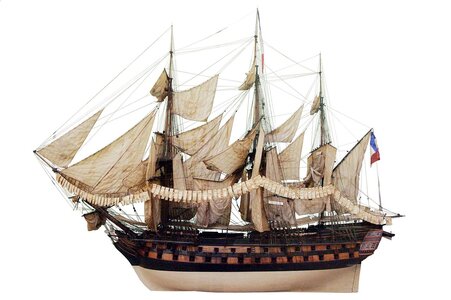
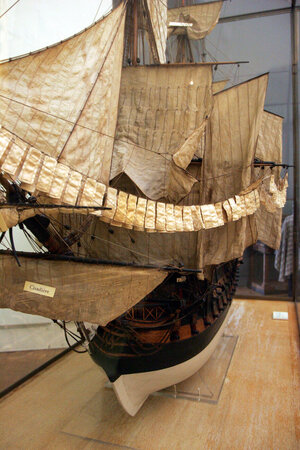
 ing in a hammock took practice. It was difficult to get into and harder to stay in. New sailors usually spent their first few nights falling out of their hammocks. When one sailor started to fall, he’d grab a hold of the next sailor’s hammock, tossing him out as he grabbed for the next hammock--knocking everyone out like dominoes.
ing in a hammock took practice. It was difficult to get into and harder to stay in. New sailors usually spent their first few nights falling out of their hammocks. When one sailor started to fall, he’d grab a hold of the next sailor’s hammock, tossing him out as he grabbed for the next hammock--knocking everyone out like dominoes.